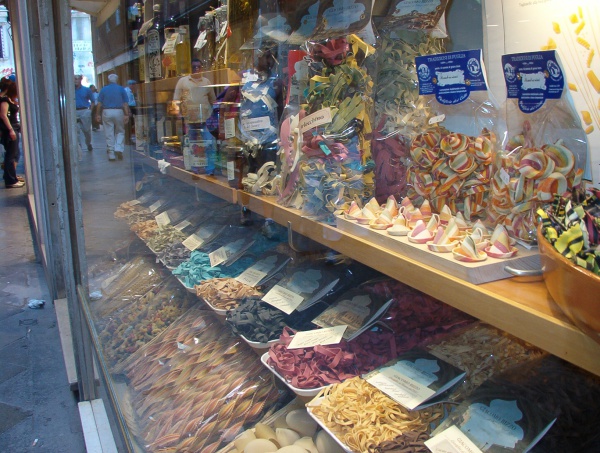Facts About Pasta
Pasta: A Beloved Staple with a Rich History
Pasta, a cherished dish originating from Italy, is primarily made from grain flour—usually wheat—combined with water or eggs. It comes in a multitude of shapes and can be prepared in various ways, including boiling, baking, or frying. Broadly, pasta is categorized into two types: dried and fresh, each offering a plethora of shapes and varieties. It is a cornerstone of Italian cuisine, often paired with a diverse array of sauces.
The term "pasta" is derived from the Italian word, which itself originates from Latin and ultimately from the Greek word "pasta" meaning barley porridge. Pasta's history stretches back to ancient times, with references to pasta-like foods appearing in texts as early as the 1st century AD. It is believed that pasta made its way to Italy in the 13th or 14th century, gaining global popularity during the age of exploration.
Nutritionally, pasta is primarily composed of carbohydrates, with moderate amounts of protein and minimal fat content. Some pasta is enriched or fortified with additional nutrients. The production of pasta involves various methods, including handcrafting, extrusion, and drying. It can also be made from different types of flour and may include additives to enhance flavor and texture.
Over the centuries, pasta has evolved and spread across the globe. Different cultures have embraced and adapted it, creating unique preparation methods and dishes. In countries like Italy and the United States, regulations ensure the quality and standardization of pasta products.

 Vatican
Vatican